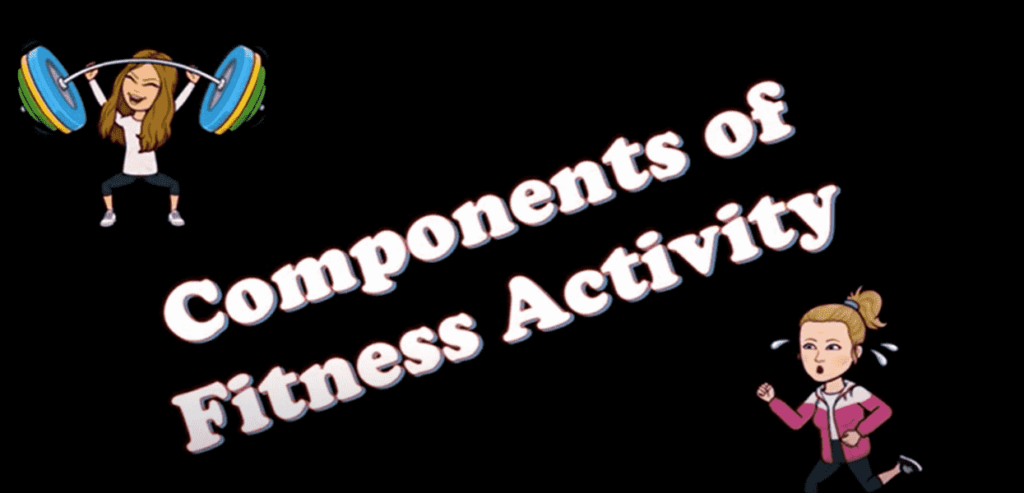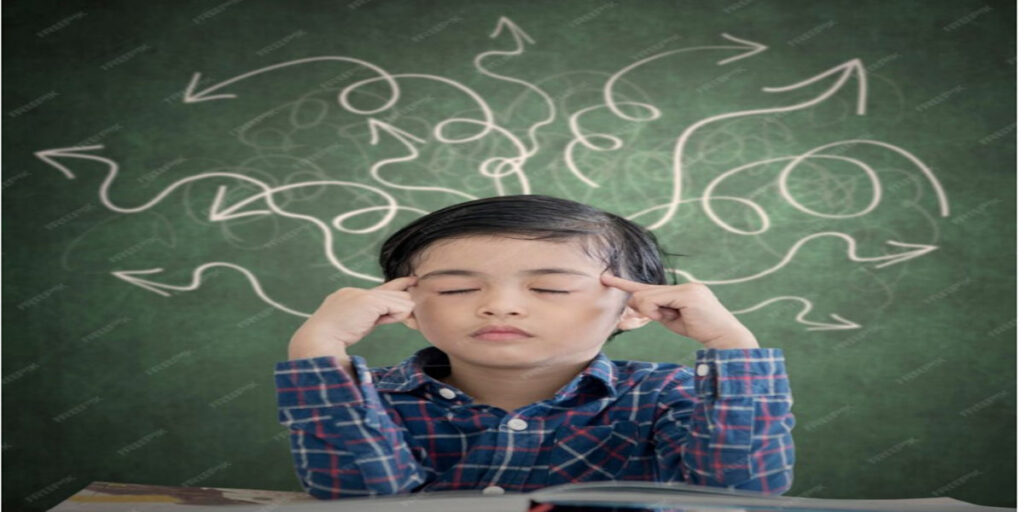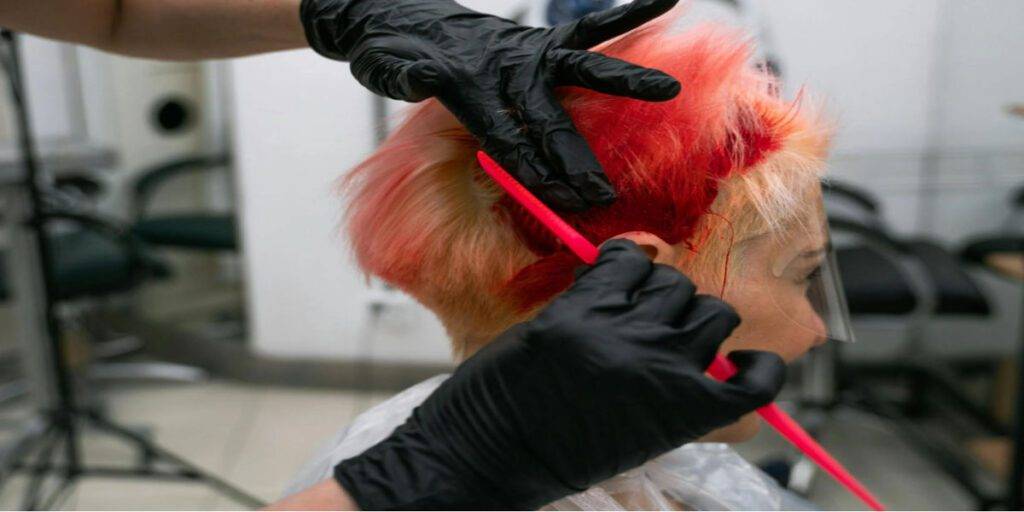Growing hair faster can be influenced by various factors, including genetics, overall health, and hair care practices. While there’s no miracle solution to make your hair grow significantly faster overnight, there are several tips that can help promote healthy hair growth. Here are five tips: 1. Maintain a Balanced Diet Maintaining a balanced diet is crucial for promoting overall health, including the health of your hair. Here’s a more detailed explanation of how various nutrients found in a balanced diet can support hair growth: Protein: Hair is primarily made up of protein, so it’s essential to ensure an adequate intake of this nutrient. Foods rich in protein, such as lean meats, fish, poultry, eggs, dairy products, legumes, nuts, and seeds, provide the building blocks necessary for hair growth and repair. Vitamins: Several vitamins play key roles in promoting healthy hair growth. Vitamin A helps produce sebum, which moisturizes the scalp and keeps hair healthy. Sources include sweet potatoes, carrots, spinach, and kale. Vitamin C: A powerful antioxidant that aids in collagen production, which is essential for hair structure. Citrus fruits, strawberries, bell peppers, and broccoli are excellent sources. Vitamin D: helps stimulate hair follicles, promoting new hair growth. Fatty fish, fortified dairy products, and sunlight exposure are primary sources. Vitamin E: enhances blood circulation to the scalp, promoting hair growth. Nuts, seeds, spinach, and avocados are good sources. Biotin (Vitamin B7): Supports the production of keratin, a protein that makes up hair. Eggs, nuts, whole grains, and leafy greens are rich in biotin. Minerals: Certain minerals are essential for healthy hair growth: Iron: helps transport oxygen to hair follicles, promoting growth. Red meat, poultry, fish, lentils, and spinach are good sources. Zinc: supports hair growth and repair by maintaining the health of hair follicles. Oysters, beef, pumpkin seeds, and lentils are rich in zinc. Omega-3 Fatty Acids: These healthy fats contribute to scalp health and can help reduce inflammation, which may promote hair growth. Fatty fish like salmon, walnuts, flaxseeds, and chia seeds are excellent sources of omega-3 fatty acids. Hydration: Drinking an adequate amount of water is essential for overall health, including the health of your hair. Proper hydration helps maintain scalp health and promotes the transport of nutrients to the hair follicles. 2. Scalp Care Scalp care is essential for maintaining healthy hair growth and overall hair health. Here’s a more detailed explanation of why scalp care is important and how to take care of your scalp effectively: Scalp Health: The scalp is the foundation for healthy hair. It contains hair follicles, sebaceous glands, and blood vessels that deliver nutrients to the hair roots. A healthy scalp provides an optimal environment for hair growth by keeping hair follicles clean and unclogged. Cleaning: Regular cleansing of the scalp is crucial for removing dirt, excess oil (sebum), sweat, and product buildup. When the scalp is not properly cleansed, these substances can accumulate, leading to clogged pores, inflammation, and potential hair loss. Choose a gentle shampoo suitable for your hair type and scalp condition, and massage it into your scalp using your fingertips to effectively cleanse and stimulate circulation. Conditioning: While conditioning primarily focuses on the hair shaft, it’s also important to ensure that the scalp receives adequate hydration and nourishment. Applying conditioner to the lengths of your hair while avoiding the scalp can help prevent excess buildup and oiliness. However, if you have a dry scalp, consider using a lightweight conditioner or a scalp treatment specifically formulated to hydrate and soothe the scalp. Scalp Massage: Massaging the scalp regularly can help improve circulation, which promotes hair growth and scalp health. Use your fingertips to gently massage your scalp in circular motions, starting from the front and working your way to the back. This not only stimulates blood flow but also helps distribute natural oils evenly, keeping the scalp moisturized and nourished. Avoiding Irritants: Certain hair care products, styling techniques, and environmental factors can irritate the scalp and contribute to issues like dandruff, itchiness, and inflammation. Avoid overusing heat-styling tools, harsh chemicals, and tight hairstyles that pull on the scalp. Additionally, protect your scalp from sun exposure by wearing a hat or applying sunscreen when spending extended periods outdoors. Balanced Diet and Hydration: As mentioned earlier, maintaining a balanced diet and staying hydrated are essential for scalp health. Nutrient-rich foods and adequate hydration support overall skin health, including the scalp, and help maintain its natural balance. Seek Professional Help: If you experience persistent scalp issues such as dandruff, itching, or hair loss, consider consulting a dermatologist or a trichologist for proper diagnosis and treatment. They can recommend specialized scalp treatments or medicated shampoos to address specific concerns and promote scalp health. By incorporating these scalp care practices into your hair care routine, you can help maintain a healthy scalp environment conducive to optimal hair growth and overall hair health. 3. Minimize heat styling and Chemical Treatments Minimizing heat styling and chemical treatments is crucial for maintaining the health and integrity of your hair. Here’s a more detailed explanation of why these practices can be damaging and how to reduce their negative impact: Heat Styling: Excessive use of heat-styling tools such as flat irons, curling irons, and blow dryers can cause damage to the hair cuticle, leading to dryness, breakage, and split ends. The high temperatures from these tools strip the hair of its natural moisture, making it more prone to damage. To minimize the damage from heat styling: Chemical Treatments: Chemical treatments such as perms, relaxers, bleaching, and coloring can weaken the hair shaft and alter its structure, making it more susceptible to breakage and damage. The harsh chemicals used in these treatments can disrupt the natural balance of the hair and scalp, leading to dryness, irritation, and hair loss. To minimize the damage from chemical treatments: Choose ammonia-free or gentle formulations when coloring or bleaching your hair. Protective Styling: Embrace protective hairstyles that minimize the need for heat styling and reduce manipulation of the hair. Styles such as braids,






